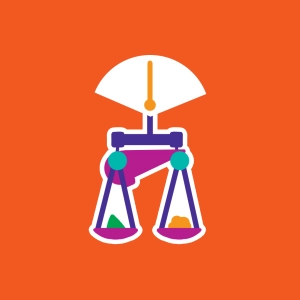 Regulation of blood glucose
Regulation of blood glucose
Blood glucose is by definition the concentration of glucose in the blood. It must remain around 1 g/l. The presence of glucose in the blood comes originally from food. In order not to depend too much on the frequency of meals or the type of food ingested, the body has developed a process of regulation that involves many organs and a complex hormonal system. This animation describes this feedback process by placing the pancreas at its center.
The pancreas is a mixed gland that has both an exocrine and an endocrine function.
The exocrine function is associated with the secretion of pancreatic juice by specialized cells, acinar cells. Pancreatic juice contains enzymes. It is dumped into the duodenum through the pancreatic ducts. Acinar cells make up more than 90% of the mass of the pancreas.
The endocrine function is associated with the secretion of hormones in the blood by specialized cells, the α and β cells of the islets of Langerhans. α cells secrete a hyperglycemic hormone called glucagon. β cells secrete a hypoglycemic hormone called insulin. These two hormones therefore participate actively in the regulation of blood glucose. The islets of Langerhans constitute only 2% of the mass of the pancreas.

Discover EduMedia for free
The interactive encyclopedia that brings science and math to life in the classroom.
Over 1,000 resources





